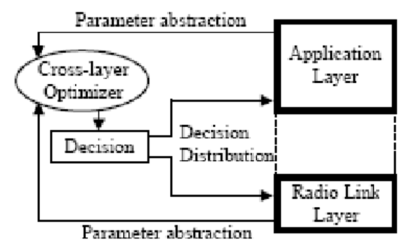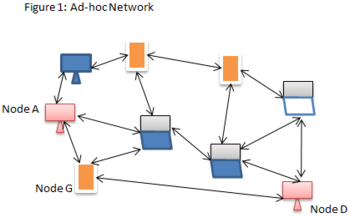Computer Network means an interconnection of autonomous (standalone) computers for information exchange. The connecting media could be a copper wire, optical fiber, microwave or satellite.
Networking Elements – The computer network includes the following networking elements:
1. At least two computers
2. Transmission medium either wired or wireless
3. Protocols or rules that govern the communication
4. Network software such as Network Operating System
Network Criteria:
The criteria that have to be met by a computer network are:
1. Performance – It is measured in terms of transit time and response time.
· Transit time is the time for a message to travel from one device to another
· Response time is the elapsed time between an inquiry and a response.
Performance is dependent on the following factors:
· The number of users
· Type of transmission medium
· Capability of connected network
· Efficiency of software
2. Reliability – It is measured in terms of
· Frequency of failure
· Recovery from failures
· Robustness during catastrophe
3. Security – It means protecting data from unauthorized access.
Goals of Computer Networks: The following are some important goals of computer networks:
1. Resource Sharing –
Many organization has a substantial number of computers in operations, which are located apart. Ex. A group of office workers can share a common printer, fax, modem, scanner etc.
2. High Reliability –
If there are alternate sources of supply, all files could be replicated on two or, machines. If one of them is not available, due to hardware failure, the other copies could be used.
3. Inter-process Communication –
Network users, located geographically apart, may converse in an interactive session through the network. In order to permit this, the network must provide almost error-free communications.
4. Flexible access –
Files can be accessed from any computer in the network. The project can be begun on one computer and finished on another.
Other goals include Distribution of processing functions, Centralized management, and allocation of network resources, Compatibility of dissimilar equipment and software, Good network performance, Scalability, Saving money, Access to remote information, Person to person communication etc.,






Comments are closed.